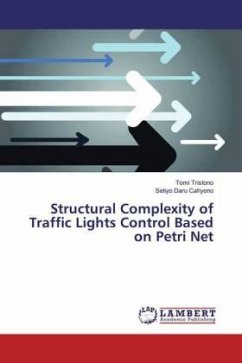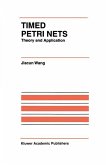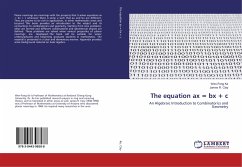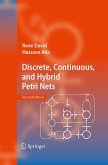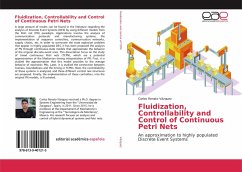High Quality Content by WIKIPEDIA articles! A Petri net (also known as a place/transition net or P/T net) is one of several mathematical modeling languages for the description of discrete distributed systems. A Petri net is a directed bipartite graph, in which the nodes represent transitions (i.e. discrete events that may occur, signified by bars), places (i.e. conditions, signified by circles), and directed arcs (that describe which places are pre- and/or postconditions for which transitions, signified by arrows). Petri nets were invented in August 1939 by Carl Adam Petri at the age of 13 for the purpose of describing chemical processes. Like industry standards such as UML activity diagrams, BPMN and EPCs, Petri nets offer a graphical notation for stepwise processes that include choice, iteration, and concurrent execution. Unlike these standards, Petri nets have an exact mathematical definition of their execution semantics, with a well-developed mathematical theory for process analysis.
Bitte wählen Sie Ihr Anliegen aus.
Rechnungen
Retourenschein anfordern
Bestellstatus
Storno



